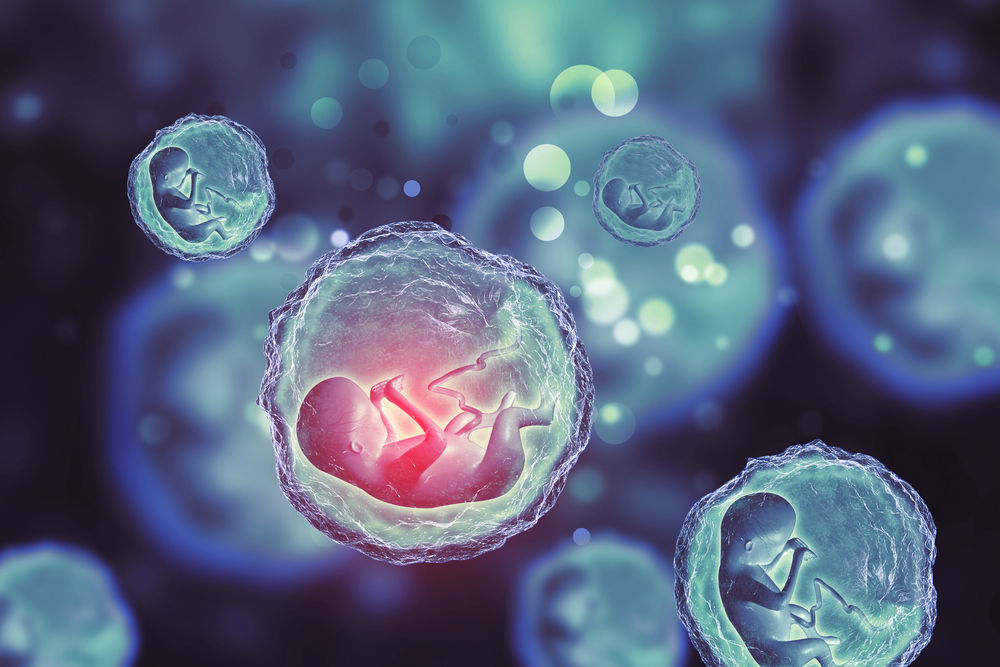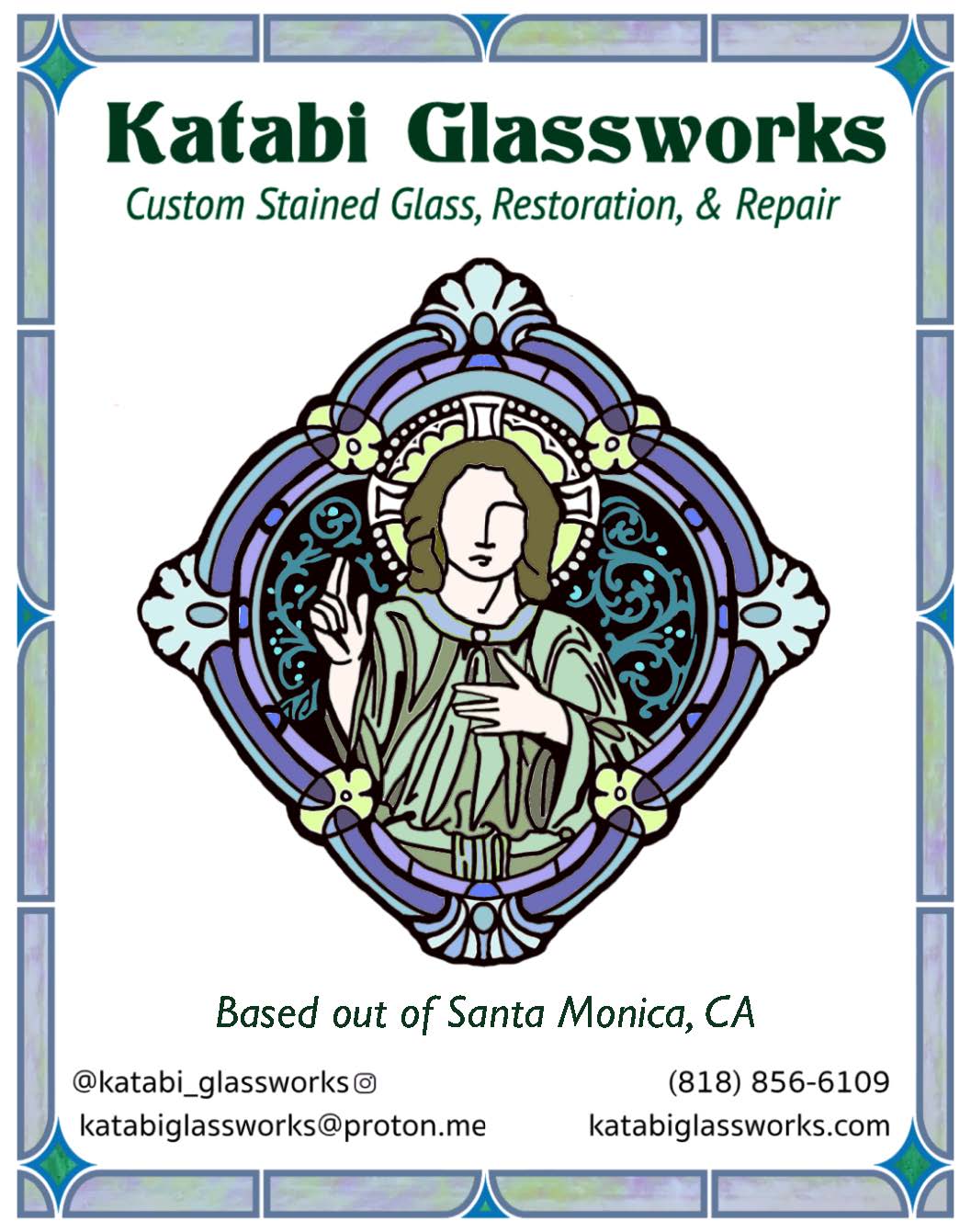The world is all atwitter about a baby bofrom an embryornfrozen for 24 years. The embryo was frozen at a time when her adoptive motherrnwas just a year old. Her birth was the result of the efforts of the National Embryo Donation Center, arngroup dedicated to finding adoptive parents for embryos frozen and left unused.
The desire to find parents is a laudablernone, but not without its moral complications of which Catholics should be aware. Dignitas Personae highlights therngreat moral difficulty that freezing embryos and embryo adoption create.
DignitasrnPersonae makes it very clear that the process ofrnfreezing embryos in the first place is incompatible with a Catholic view of humanrndignity: “Cryopreservation is incompatiblernwith the respect owed to human embryos; it presupposes theirrnproduction in vitro; it exposes them to the serious risk of deathrnor physical harm, since a high percentage do not survive the process ofrnfreezing and thawing; it deprives them at least temporarily of maternalrnreception and gestation; it places them in a situation in which they arernsusceptible to further offense and manipulation.”
That leaves the question: what duty is owed those embryos, who arernthemselves entitled to the dignity of human persons, once they have beenrncreated and frozen? This has been a topic of substantial debate with no clearrnresolution.
Some argue that adopting embryos undoes, in part, the assault onrnhuman dignity that IVF creation and freezing created in the first place: itrnpermits that embryo to be born into full human life. Such an interpretationrnminimizes the fact that in order to do so, a further insult to the procreativernprocess, one that Humane Vitae precludes,rnmust occur. Introduction of a frozen embryo in itself separates the procreativernand unitive aspects of sex and, in this case, introduces a third, and sometimesrna fourth, person into the intimacy of the pregnancy.
Failing to bring these embryos to birth constitutes an ongoingrnassault on the dignity of the embryo, a sort of perpetual physical limbo thatrnis contrary to the natural order of things. If these embryos are to be treatedrnas persons, they cannot be deliberately destroyed or discarded. Nor can they bernused for research purposes or for treatment of disease, because that would meanrnsacrificing the existence of one person for another.
This mix of conflicting problems led to this conclusion, arnsobering warning about what happens when medical technology outpaces moralrnconsideration: “All things considered, it needs to be recognized that thernthousands of abandoned embryos represent a situation of injustice whichrnin fact cannot be resolved. Therefore John Paul II made an “appeal to thernconscience of the world’s scientific authorities and in particular to doctors,rnthat the production of human embryos be halted, taking into account that therernseems to be no morally licit solution regarding the human destiny of thernthousands and thousands of ‘frozen’ embryos which are and remain the subjectsrnof essential rights and should therefore be protected by law as human persons.”
Catholic voices may not be able to preventrnabuses to human dignity such as embryo freezing, but they can be a voice ofrnwarning to the world about what happens when we fail to understand exactly whatrna person is, and respect the dignity of the smallest and most vulnerable. Werncan sound the alarm that some moral problems cannot be adequately resolved oncernthey are created. And the voice of the laity may be more powerful than thernvoices of theologians, for in them lies the power of public opinion.
Barbara Golder had a 40-year career in medicine and law, including health care ethics. She is now the award-winning author of the ‘Lady Doc’ mystery series and serves as Director of Adult Faith Formation and Evangelization at the Basilica of Sts. Peter and Paul in Chattanooga, Tennessee. She blogs at ladydoclawyer.com.

